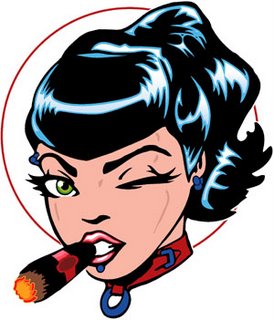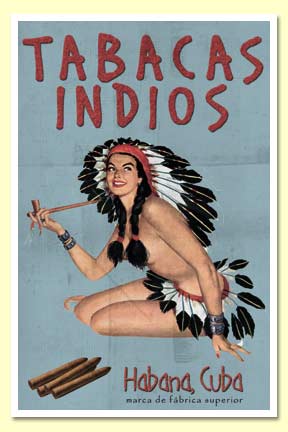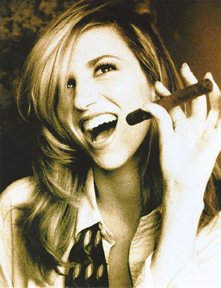 Big Mike
Big MikeDrew Estate Kahlua Cigar Review
I figured I'd start throwing in a cigar review every now and then. Here's my first, enjoy.
Drew Estate Kahlua Corona 5X42
Wrapper: Connecticut Shade
Binder: Sumatran
Filler: Nicaraguan
Construction: Nice smooth wrapper with no large veins. Firm to the touch. Nicely done cap.
Prelight: Nice tobacco aroma with just a subtle hint of Kahlua. It had a sweetened tip, but i've got kind of a sweet tooth, so I enjoyed that. Nice easy draw.
Burn: Lit very easily. Somewhat irregular at times, easily corrected. Firm light grey ash that held over an inch and a half before falling.
Smoking Notes: Right off the bat, a very smooth and creamy smoke with nice subtle hints of Kahlua. Not overbearing like some flavoreds. The flavor stayed consistent for the first half. The tobacco and coffee flavors picked up in the second half. Burned down to about an inch. Burned a little hot at the end, but I was smoking a little fast.
Overall impression: I thoroughly enjoyed this smoke. So smooth and creamy. The aroma in the air was incredible. Almost like pipe tobacco. It was very mild in strength, but medium-full in flavor.
I fully recommend this cigar!!
- Big Mike
www.bigmikescigars.com



